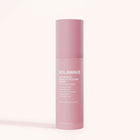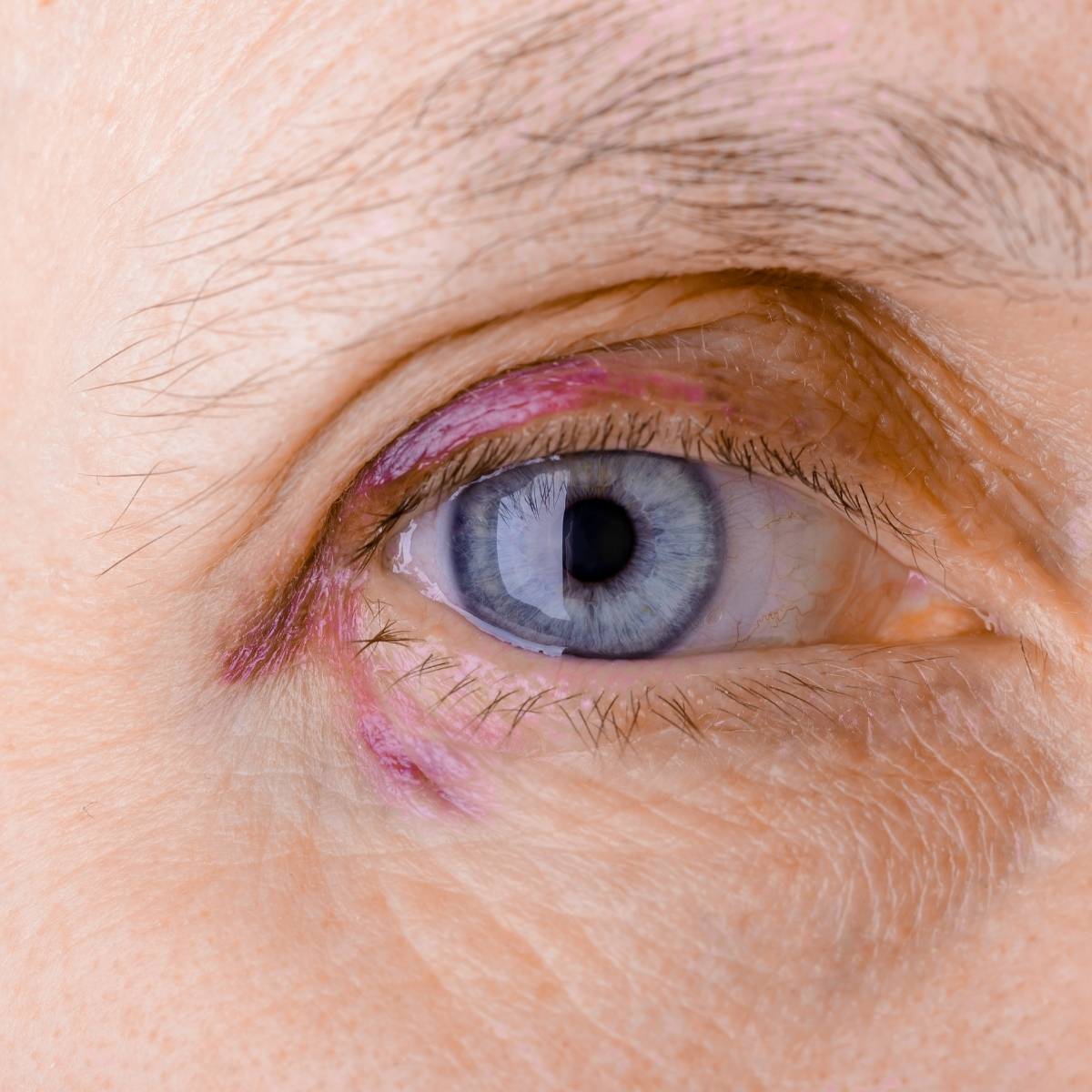

Broken Capillaries Are Easier To Treat Than You Think
Broken capillaries are dilated or enlarged blood vessels just beneath the surface of the skin and are most commonly found on the face and legs. Due to the effects of the enlarging or bursting of capillaries, the red veins can show up in a tangled network pattern that resembles spiderwebs, giving them the colloquial name of “spider veins”. Though broken capillaries on the face can appear in any location, they tend to be especially noticeable around the chin, nose, and cheeks.
Causes of facial broken capillaries can range, from bruising due to an injury to the side effects of an overly-aggressive skin treatment like microdermabrasion. People who suffer from rosacea, sun damage, or just those with naturally very sensitive or reactive skin thanks to genetics can be much more susceptible to facial spider veins.

To medically address broken capillaries, options include retinoids, IPL (intense pulsed light), and an injection-based treatment known as sclerotherapy. On the light technology side of treatments, IPL is widely considered one of the more effective treatments of broken capillaries (taking as little as 3-4 sessions to see results), and there is some new evidence that LED light therapy might help eradicate certain kinds of facial spider veins. Currently, there is no at-home product on the market cleared to treat broken capillaries, so for now, it is best to consult your dermatologist for medical treatments or advice. However there is currently no at-home product on the market cleared to treat broken capillaries, so for now your best bet is to consult your dermatologist for professional medical treatments.
Most treatments for spider veins require dermatologist oversight, even with at-home therapies, so check with your medical provider to see what the best plan of action is for you.















